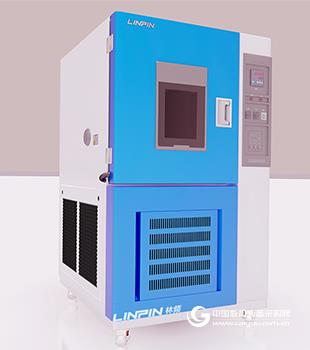High-low temperature test chamber refrigeration system history explanation
The main components in the high and low temperature test chamber refrigeration system consist of expansion valves, compressors, condensers and evaporators to complete the entire refrigeration of the equipment.
As early as 1834, American J. Perkins vaporized and cooled in a closed system using a volatile ether liquid and patented it. This unit consists of a manual compressor, a water-cooled condenser and an evaporator installed in a liquid cooler. In the same year, LW Wright in the UK studied and achieved successful results with machines that use compressed air expansion to make ice. Ten years later, a doctor in the United States, J. Gorey, first applied his air compression compressor to commercial refrigeration and air conditioning.
Then in 1855 the Frenchman F. Carre successfully designed a sulfur dioxide absorption type ammonia absorption chiller. He spent another four years designing an ice machine that uses ammonia as a refrigerant and water as an absorbent. In 1890, both steam injection and mechanical vapor compression refrigeration units were put into practical use, and absorption refrigeration units became popular.
In the initial stage of mechanical refrigeration of high and low temperature test chambers, the use of mechanical refrigeration is limited due to its large size and high price and low efficiency. Since 1930, its refrigeration equipment has been slowly becoming smaller, more efficient, and adopting a new safe refrigerant era and developing electric motors with fractional horsepower (less than 1 horsepower), thus helping the refrigeration industry to develop rapidly.

Professional Gog Diet Fiber Food Care for Stomach
Gog Food,Gog Diet Fiber Food,Gog Food Care For Stomach,Protein Freeze-Dried Pet Food
DongGuan Lucky Pet Products Co., Ltd. , https://www.dgpetproduct.com